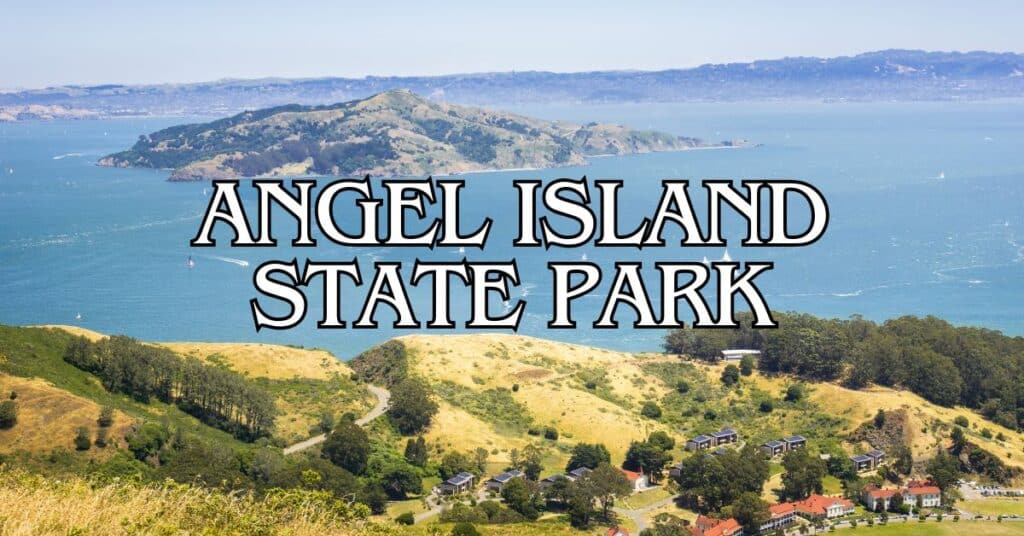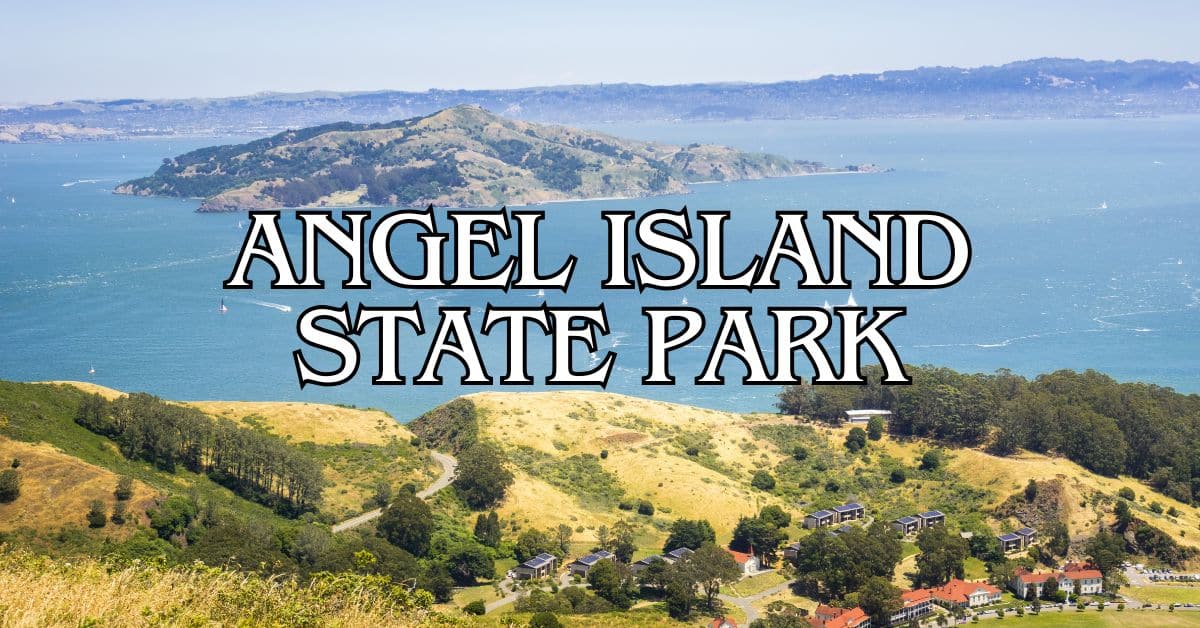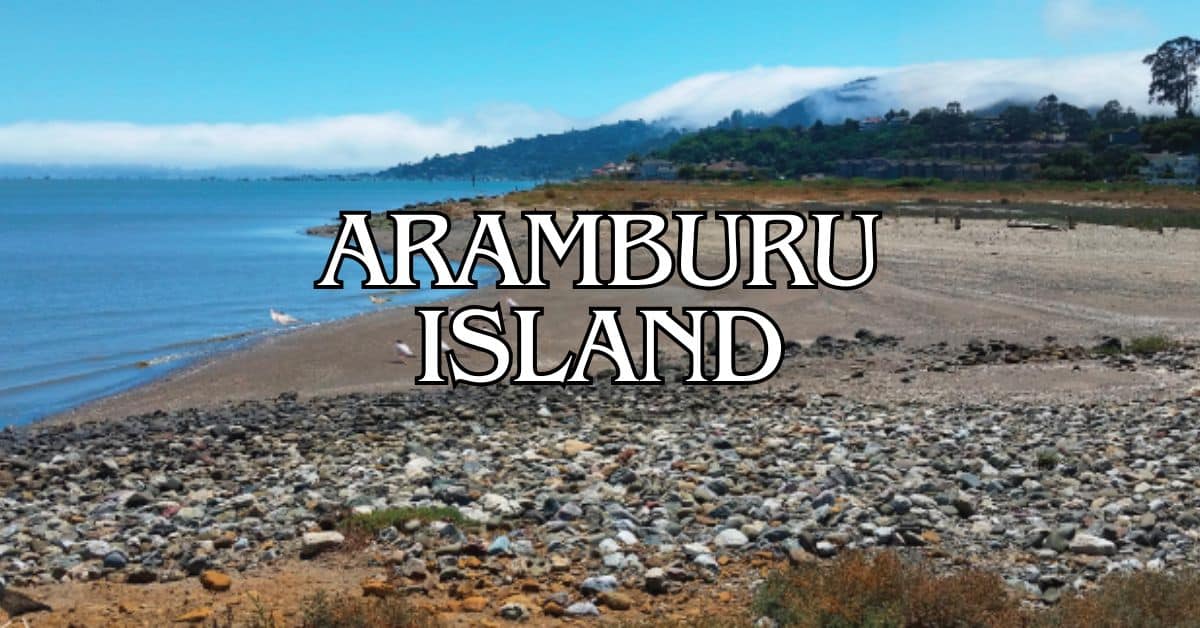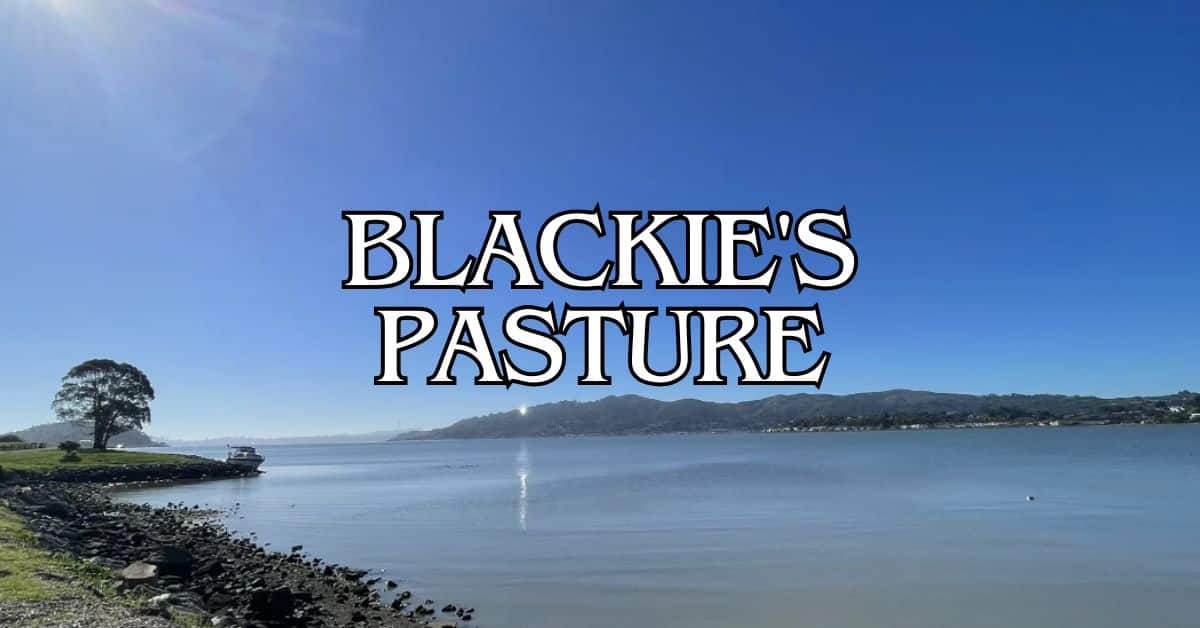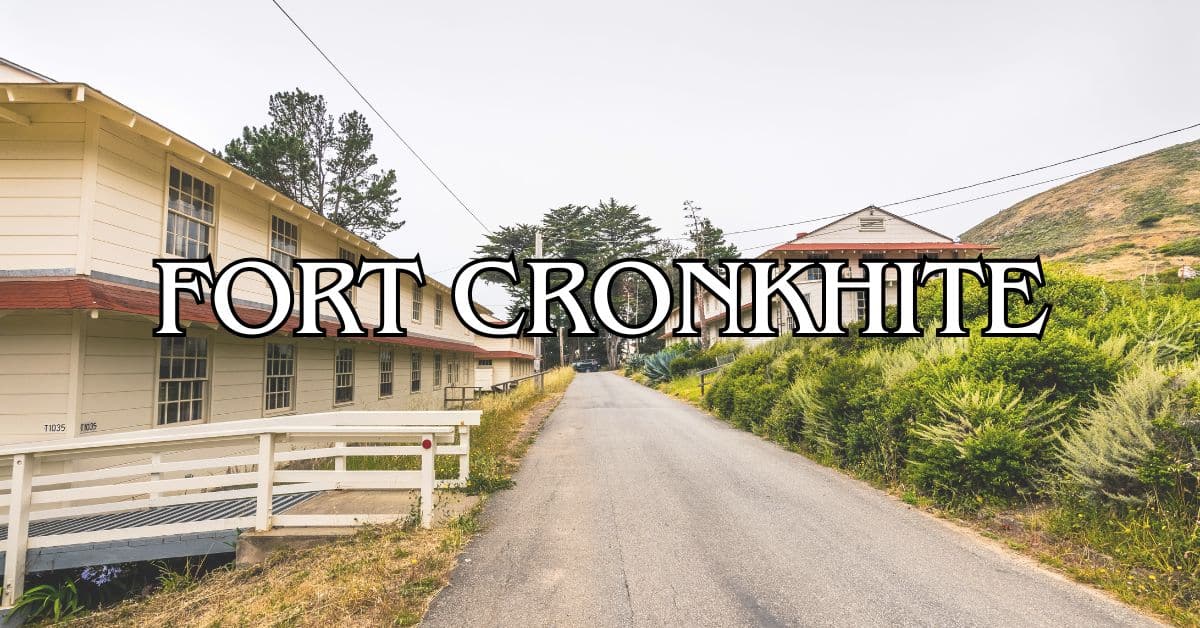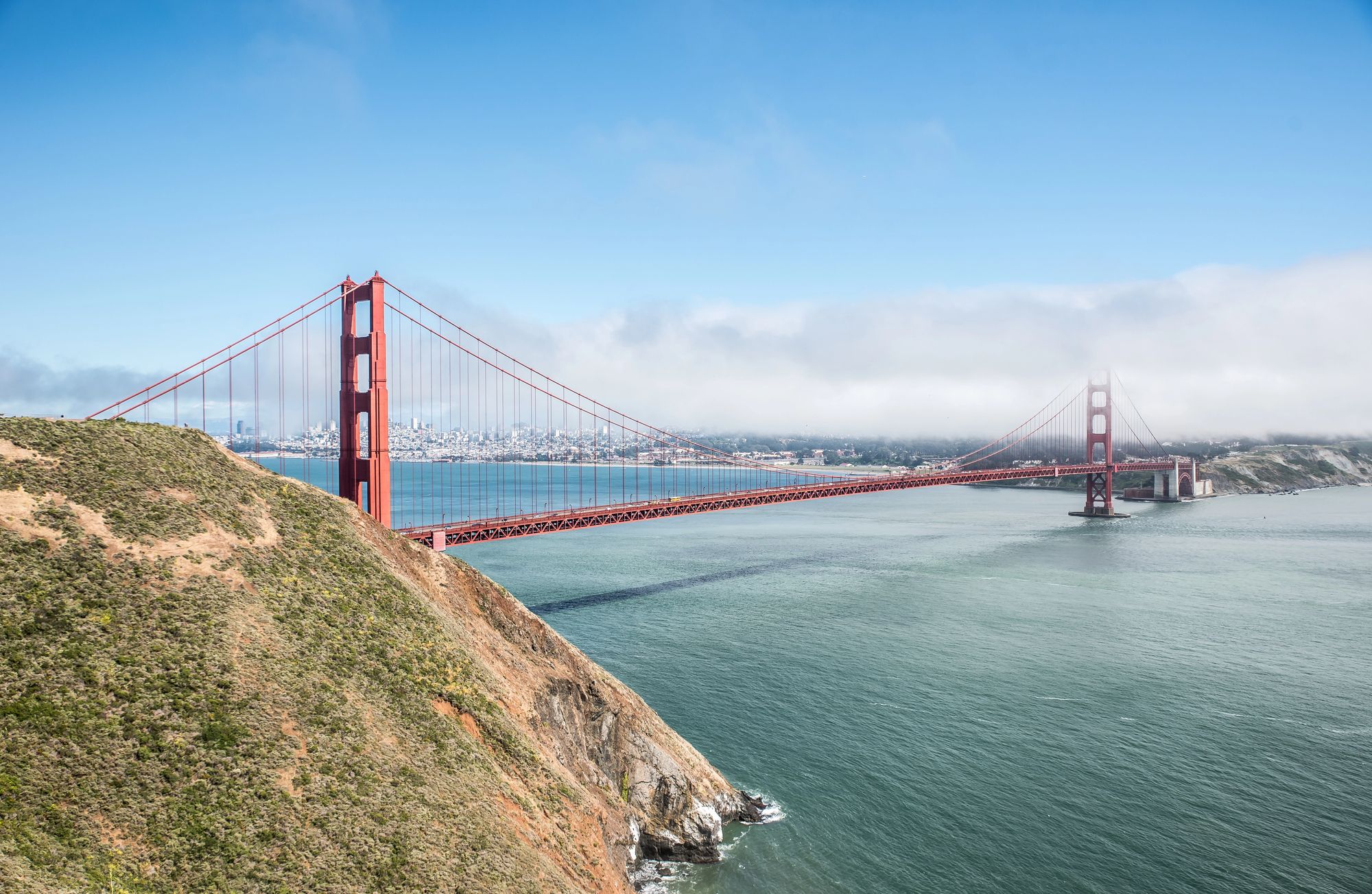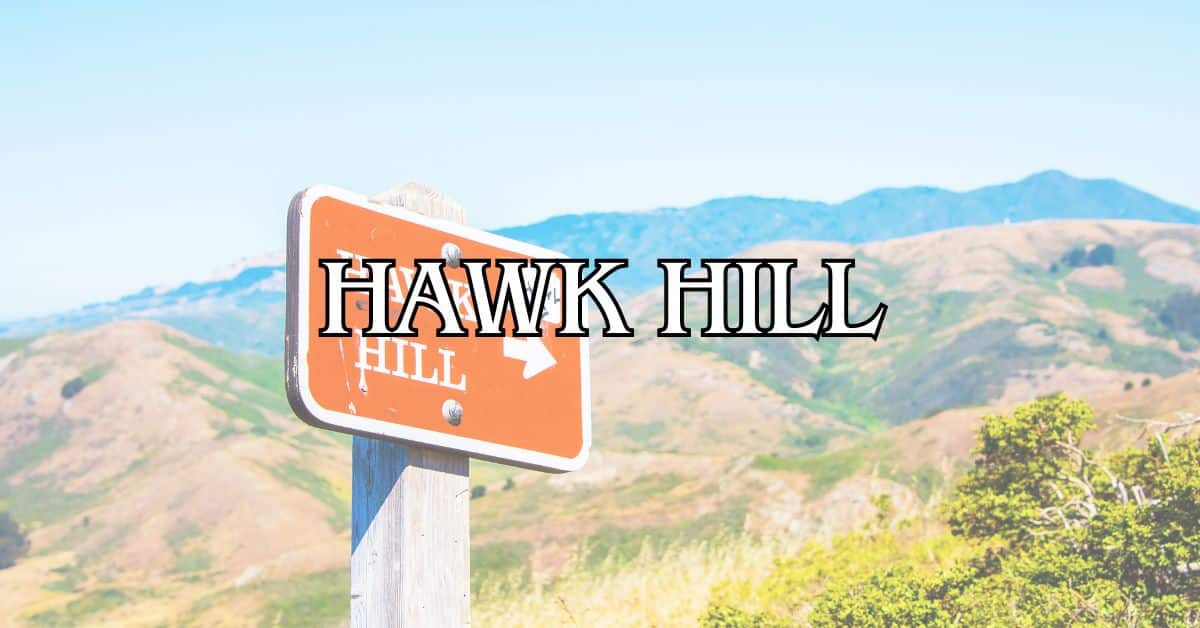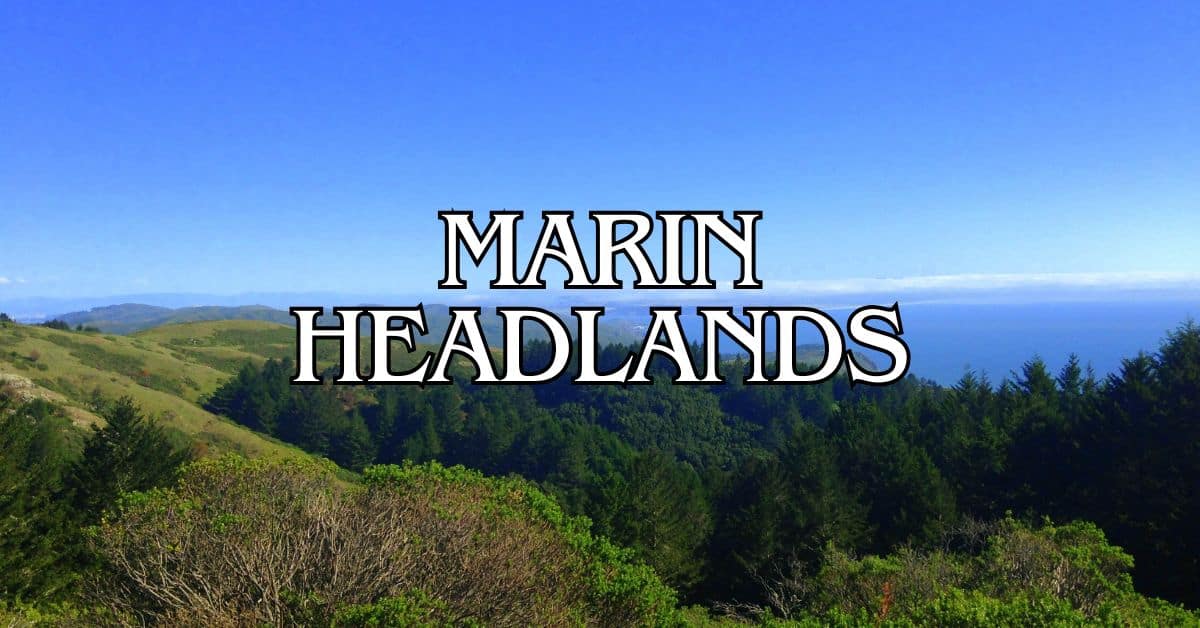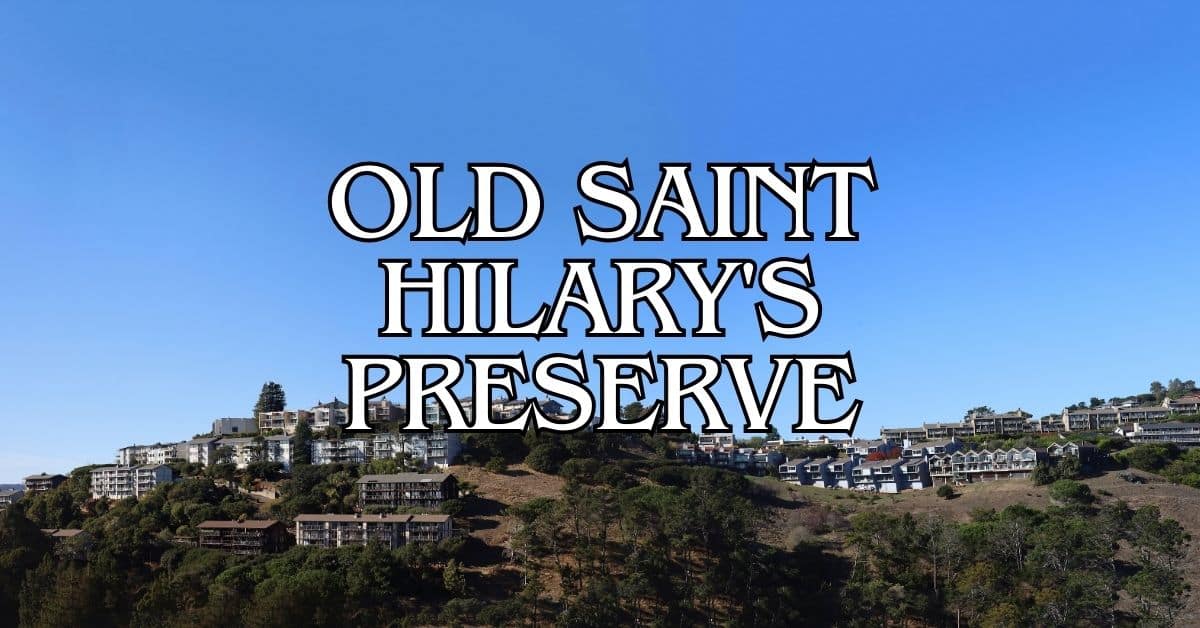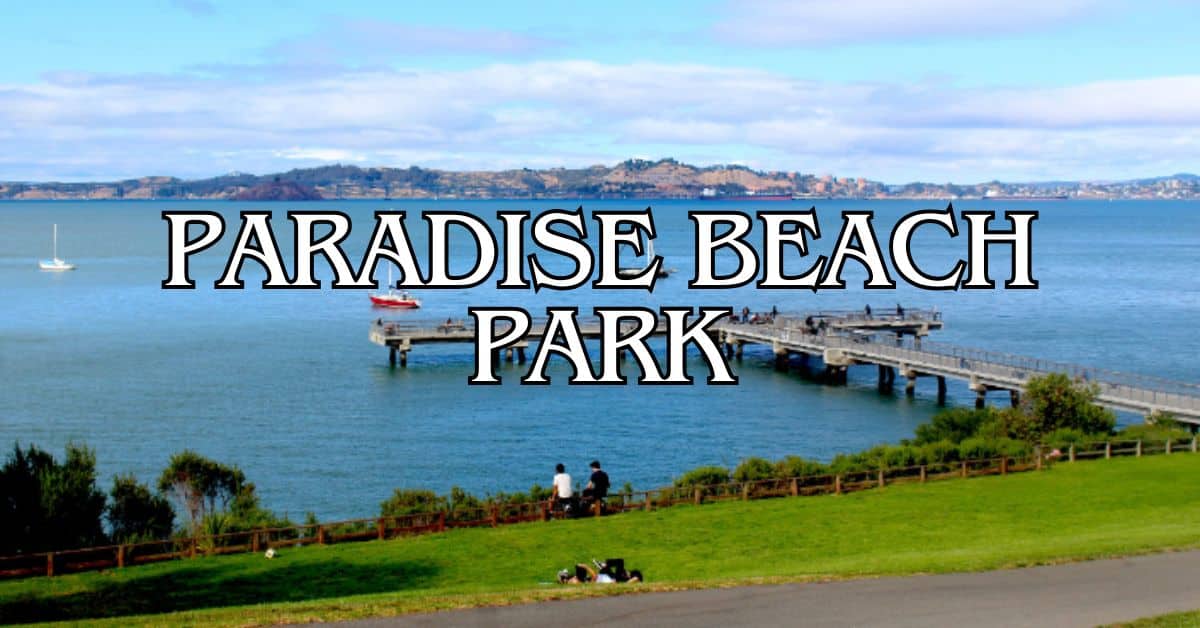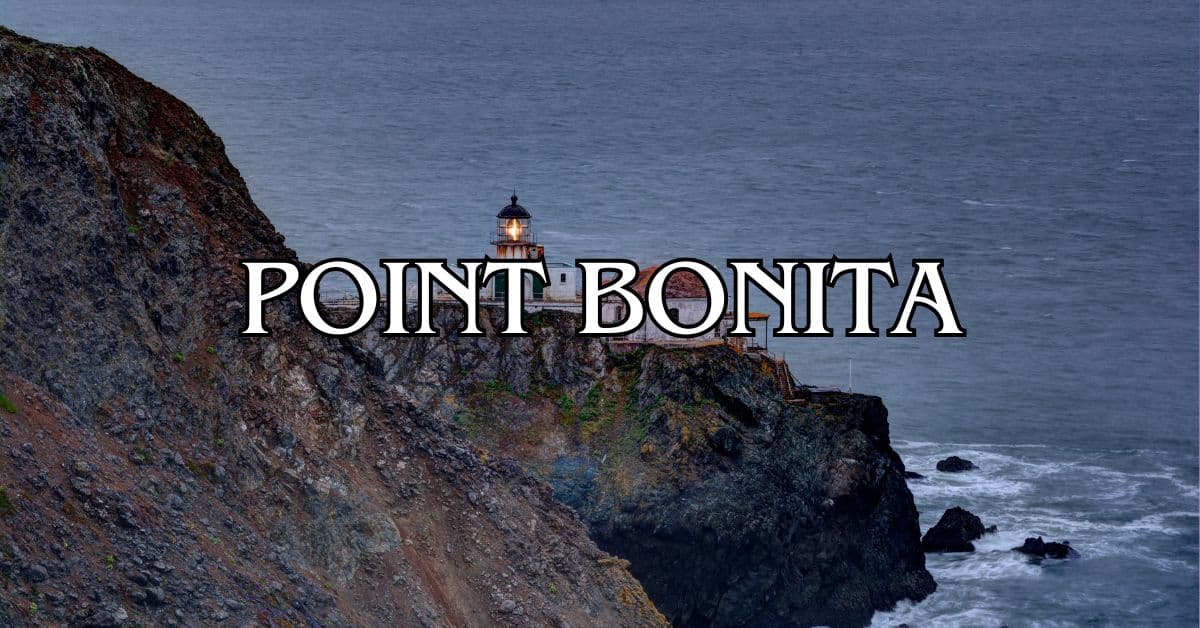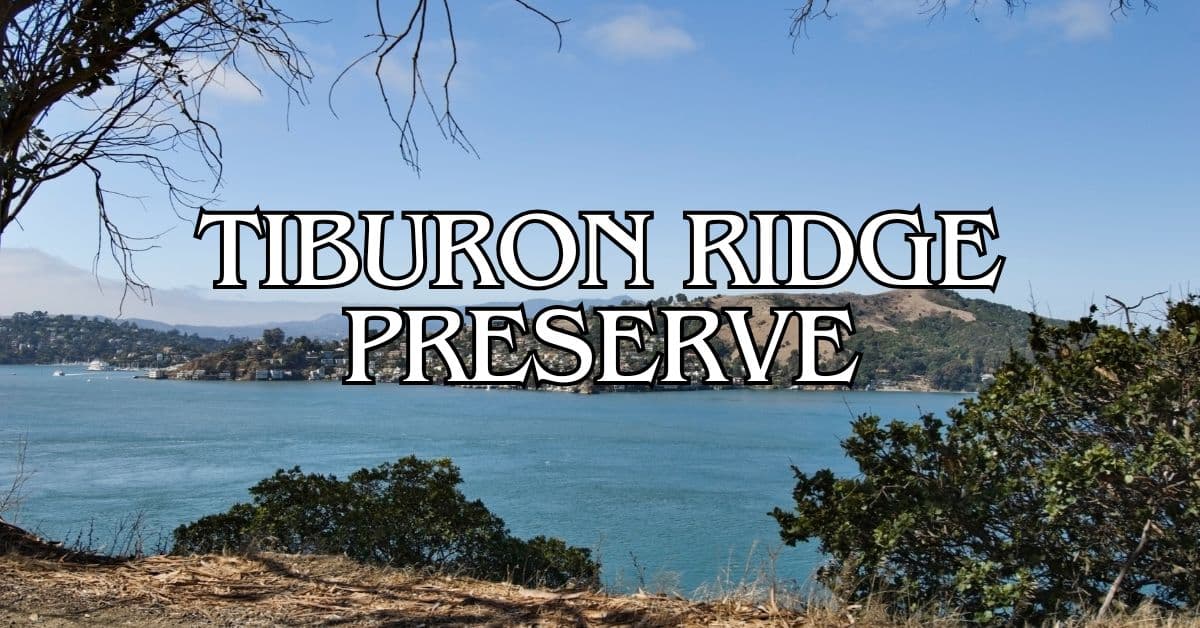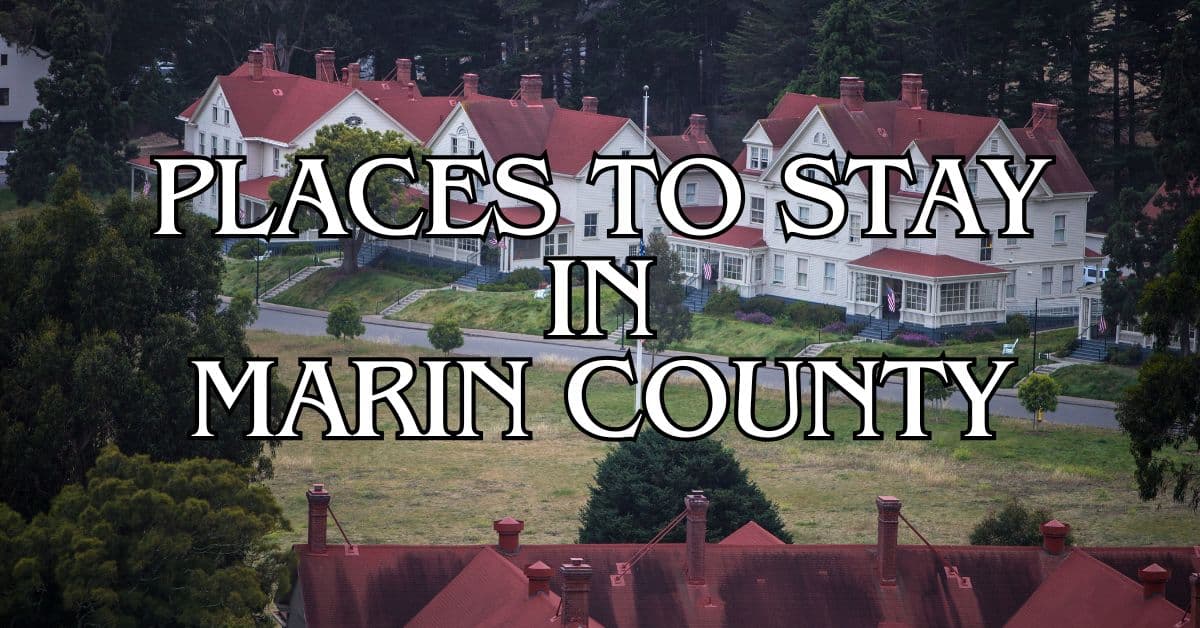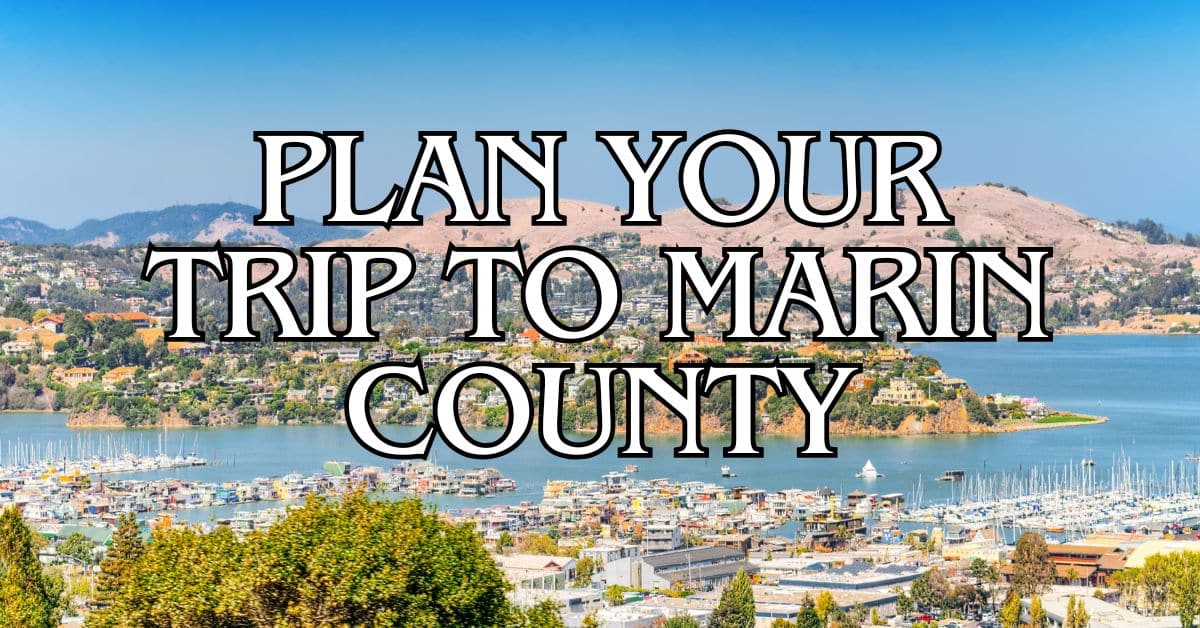Angel Island sits right in the middle of San Francisco Bay, just begging you to ditch the city for a while. As the largest natural island around here, it’s got some of the best views—San Francisco skyline, Golden Gate Bridge, and all that sparkling water. Angel Island State Park blends natural beauty with a ton of history, making it a great spot for hiking, biking, or just soaking up the past.
Getting there’s a breeze. Ferries run from San Francisco or Tiburon—Tiburon’s ride is shorter if you’re in a hurry. Once you set foot on the island, it’s all yours: miles of trails, bike paths, and historic sites to poke around.
Discover hand-picked hotels and vacation homes tailored for every traveler. Skip booking fees and secure your dream stay today with real-time availability!
Browse Accommodations Now
Angel Island’s a bit of a chameleon. Hikers and nature folks get their fix, while history fans can wander through the old Immigration Station. There’s even a little café by the water, perfect for resting tired feet. Whether you’re after a workout or just want to sit and stare at the bay, this place delivers.
Getting to Angel Island State Park
You can only reach Angel Island by water. That means hopping on a public ferry or bringing your own boat.
Ferry Options
Most people take the ferry. Ferries leave from several spots around the Bay Area. If you’re in San Francisco, Golden Gate Ferry runs daily from the Ferry Building at the Embarcadero. The ride takes about half an hour.
Coming from Tiburon in Marin County? The Angel Island Ferry gets you there in just 10 minutes. Super handy if you’re up in the North Bay.
Ferry times change with the seasons. Summer (April–October) brings more frequent trips; winter’s schedule can be sparse, especially on weekdays. Always double-check the latest schedule—weather and holidays can throw a wrench in things.
Tickets run $15–$35 round-trip, depending on where you start and your age. Ferries take cards, and you can book online.
Arriving by Private Boat
If you’ve got a boat, you can tie up at Ayala Cove, which is where everyone lands. There’s a pier and mooring buoys, first-come, first-served.
Fees depend on your boat’s size. Expect to pay $15–$30 for daytime docking, $30–$45 overnight. Pay at the self-serve stations on the dock.
Ayala Cove is pretty sheltered, but it gets busy on summer weekends. If you want a spot, aim to arrive early—holidays are especially crowded.
Water’s deep enough for most boats, but tides and currents in the Bay can be tricky. Keep an eye on them when planning your trip.
Visitor Information and Fees
Besides ferry or mooring costs, there’s a $3–$5 per person state park entrance fee. If you’ve got an annual California State Park pass, it works here.
The island opens at 8:00 AM and closes at sunset. No overnight guests unless you’re camping or moored at Ayala Cove.
Restrooms and water fountains sit near the dock. There’s a small café during the busy season, but honestly, bring your own snacks—especially in winter when it might not be open.
Cell service is usually fine. You’ll find park maps at the visitor center near the ferry landing. Rangers suggest comfy shoes, sunscreen, and layers—the weather can flip from sunny to chilly in minutes.
Top Things to Do on Angel Island
Angel Island packs a lot into a small space. Whether you’re after fresh air, a history lesson, or just a new view, you’ll find plenty to do.
Hiking and Walking Trails
There’s a web of trails, and the views are unreal. The North Ridge Trail is a favorite—it takes you up to Mount Livermore (or Mount Caroline Livermore, if you want to be formal). At 781 feet, you get a full-circle view of San Francisco, the Golden Gate Bridge, Alcatraz, and Marin County.
Looking for something easier? The Perimeter Road is a 5-mile paved loop around the island. It’s mostly flat and gives you different angles of the bay.
Trails are well-marked, but water’s limited outside the main areas, so fill up before you head out. Good walking shoes are a must—even the short hikes can be uneven.
Biking Adventures
Biking’s a blast here. The Perimeter Road makes a gentle 5-mile loop with constant water views. Bring your own bike on the ferry (there’s a small fee) or rent one at the dock.
Find the perfect hotel or vacation rental. Instant booking, no fees!
View Top Stays
Rentals come with helmets and fit all ages, including kids. You can rent by the hour or for the day, but most folks find 2–3 hours plenty for a full loop with stops.
Most of the ride is paved and doable for casual cyclists. If you’re feeling bold, some interior roads have steeper hills. No e-bikes for rent, so be ready to pedal.
Tram Tours and Segway Tours
Not up for a big walk or ride? The tram tour is a solid way to see the highlights with minimal effort. Guides share stories about the island’s history as you circle in an open-air tram.
If you want something a bit quirkier, Segway tours are an option. They’re guided, include a quick lesson, and let you cover more ground than walking.
You’ll want to book ahead, especially in summer or on weekends. The tram is the best bet if you’ve got mobility challenges.
Beachcombing and Fishing
Angel Island’s beaches are peaceful, great for beachcombing or casting a line. Quarry Beach and Perles Beach have sheltered coves where you might stumble on sea glass or shells—just remember, taking natural stuff is usually a no-go in state parks.
If you want to fish, you’ll need a valid California license. The waters hold striped bass and halibut, with favorite fishing spots near the ferry dock and on the east side.
Tide pools sometimes reveal cool marine life. Water shoes help, since some beaches are rocky. These quieter activities are a nice break from the crowds and let you find your own little corner of the island.
Historic Sites and Landmarks
Angel Island’s history stretches back thousands of years, from indigenous villages to military outposts and immigration stories. The island’s historic sites might surprise you with how much they reveal about California—and the country.
Angel Island Immigration Station
From 1910 to 1940, the Angel Island Immigration Station was the main West Coast entry point for Asian immigrants. Unlike Ellis Island, many newcomers here faced long detentions and tough interrogations under the Chinese Exclusion Act and similar laws.
Inside the barracks, you’ll find poetry carved by detainees—raw, sometimes heartbreaking. The Immigration Station is now a National Historic Landmark and museum, with guided tours that dig into these immigrant stories.
The Pacific Immigration Museum’s exhibits bring it all to life with personal stories, photos, and artifacts. Walking through the restored barracks, you get a sense of what life was like for those waiting—often for weeks or months.
U.S. Army History and Military Sites
Angel Island spent nearly a century as a military post. Camp Reynolds, set up during the Civil War in 1863, still has officers’ quarters and barracks you can wander.
Fort McDowell, built in 1900, processed soldiers during World Wars I and II. During WWII, the island also held POWs and served as a return station for American troops.
You’ll even spot remains of a Nike missile site from the Cold War era. Many original buildings still stand, giving you glimpses of military life from different eras.
Guided military history tours go deeper if you’re curious about how the island fit into the nation’s defense plans.
Alcatraz Island and Bay Connections
Angel Island and Alcatraz aren’t the same, but their histories overlap as Bay Area military sites. From Angel Island, you get a clear view of Alcatraz across the water.
Both islands played military roles before Alcatraz became a famous prison. On foggy days, you might hear Alcatraz’s foghorn drifting over.
Some tours hit both islands, letting you compare their different stories. Their strategic spots made them key to Bay Area defense.
The Immigration Station on Angel Island and the prison on Alcatraz highlight two very different chapters of American history—immigration policy and criminal justice.
Indigenous History
Long before Europeans arrived, Coastal Miwok people used Angel Island for over 2,000 years. They came seasonally to hunt, fish, and gather food.
Archaeologists have found shell middens—ancient trash heaps—full of tools and food remains, painting a picture of Miwok life. The island had everything they needed: acorns, fish, shellfish, game.
Luxury stays to cozy cottages await, all with instant booking. Find the best deals!
Browse Marin Stays
Spanish explorers first recorded the island in 1775, which started the displacement of the Miwok. By the 1860s, when the U.S. military took over, the native presence had mostly vanished.
Now, signs along trails point out spots of indigenous importance. Sometimes, the park hosts programs on Miwok culture and how they lived sustainably on the island.
Nature and Scenery
Angel Island’s natural beauty is hard to beat. You’ll find woodlands, grasslands, and coastal habitats all packed onto this little island.
Scenic Views and Photography
Climb up Mount Livermore (or Mount Caroline Livermore, if you prefer) and you’re rewarded with 360-degree panoramas. On a clear day, the Golden Gate Bridge, San Francisco skyline, Marin Headlands, and even parts of the East Bay are all in view. At 781 feet, it’s a photographer’s dream.
Morning fog sometimes drifts across the bay, creating moody, unforgettable scenes. Sunsets can be jaw-dropping, with the city bathed in golden light. Different trails offer new perspectives, so don’t just stick to one path.
The Perimeter Road keeps the water in sight the whole way around. If you’re into photography, bring a wide-angle lens for those sweeping views.
Wildlife and Flora
The island’s plant life is surprisingly varied: native coastal scrub, oak woodlands, and even some eucalyptus groves. Spring brings wildflowers—California poppies, lupines, buttercups—dotting the hillsides.
Birders love it here. Over 60 species have been spotted, including red-tailed hawks, quail, and shorebirds. Migration seasons sometimes bring rare visitors.
Deer roam the meadows, especially early or late in the day. The island’s isolation keeps them pretty safe from predators.
Occasionally, you’ll spot sea lions from the ferry dock or beaches as they swim by.
Camping on Angel Island
Camping here is something special. The views of San Francisco Bay from your tent are tough to beat. Campsites fill up fast because the locations are just that good—and it’s so easy to get here from the city.
Campsites and Reservations
Angel Island State Park offers ten campsites scattered across the island, many with breathtaking views of the bay. These spots are popular and, honestly, booking one can feel like trying to win the lottery, especially in peak season.
If you want a campsite, start planning early. The California State Parks reservation system handles all bookings, and the window opens months ahead. These sites don’t stick around for long.
Want an edge? Give the Ranger’s office a call at (415) 435-5390—they’re surprisingly helpful with tips and the latest on availability. The Angel Island Conservancy website is also worth checking out for camping updates and some pretty handy info.
The campsites keep things simple but comfortable. You’ll have to pack in everything, including water, since services are limited. Each spot has its own unique view—some even look out over San Francisco’s skyline, which is a treat if the weather cooperates.
Tips for a Memorable Visit
A little planning goes a long way on Angel Island. Good timing and some basic prep can really shape your whole trip.
Safety and Accessibility
Definitely wear comfortable shoes—the island’s trails can get steep and rugged in places. Sunscreen, a hat, and plenty of water are a must, especially when it’s warm.
Bring your own food and snacks. There’s a café near the ferry dock, but its hours are hit-or-miss, especially in the off-season.
Double-check ferry schedules before you set out. Ferries leave on time, no exceptions, so give yourself a cushion to make it back to the dock. Snapping a photo of the schedule or downloading it to your phone can save you a headache.
Some areas are accessible, but a lot of the trails need moderate fitness. If you need it, you can reserve an electric scooter or mobility device in advance.
Best Times to Visit
If you can swing a weekday, do it—summer weekends get crowded fast. Spring (April-May) brings wildflowers and green hills, while fall (September-October) usually means clear skies and warm days.
Try to catch a morning ferry, ideally before 11 AM, if you want a full day to explore. Last ferries leave between 3-5 PM, depending on the season.
Winter (November-February) is quiet and peaceful, but you’ll need to be ready for chilly weather and maybe some rain. Some services might be closed or limited.
Foggy summer mornings can block the views, though the fog usually lifts by afternoon. If you’re hoping for those sweeping bay vistas, you might want to time your visit for later in the day.
Nearby Destinations and Itinerary Ideas
Angel Island is a great jumping-off point for other Bay Area adventures. Pair your island trip with nearby attractions and you’ll get a real taste of Northern California.
San Francisco and Marin County Highlights
From Angel Island, you can hop on a ferry and soon find yourself gazing at San Francisco’s unmistakable skyline. After exploring the island, why not wander over to Fisherman’s Wharf? Grab some fresh seafood, maybe watch the sea lions lazing around at Pier 39, then stroll through the historic Ferry Building—it’s packed with local food vendors and gives you a killer view of the Bay Bridge.
In Marin County, Tiburon serves as your gateway to Angel Island, and honestly, it’s a lovely spot to check out on its own. The town’s got these little boutique shops and some waterfront dining options that really make the most of those bay views. Sausalito is just a quick 10-minute drive from Tiburon—think artist galleries, quirky houseboats, and a vibe that’s hard to pin down but easy to love.
If you’re itching for some time outdoors, Muir Woods National Monument is about a half-hour from Tiburon. The ancient redwood groves there feel almost otherworldly, and it’s a pretty cool change of pace from the bustle of the bay.
Here’s a possible itinerary:
Find available hotels and vacation homes instantly. No fees, best rates guaranteed!
Check Availability Now
- Day 1: Angel Island hiking and history
- Day 2: San Francisco highlights
- Day 3: Tiburon and Sausalito exploration
Angel Island State Park Travel Guide – Accessibility, Amenities, Activities, and More!
Aramburu Island Travel Guide – Accessibility, Amenities, Activities, and More!
Blackie’s Pasture Travel Guide – Accessibility, Amenities, Activities, and More!
Fort Cronkhite Travel Guide – Accessibility, Amenities, Activities, and More!
Gerbode Valley Travel Guide – Accessibility, Amenities, Activities, and More!
Golden Gate National Recreation Area Travel Guide – Accessibility, Amenities, Activities, and More!
Hawk Hill Travel Guide – Accessibility, Amenities, Activities, and More!
Marin Headlands Travel Guide – Accessibility, Amenities, Activities, and More!
Old Saint Hilary’s Preserve Travel Guide – Accessibility, Amenities, Activities, and More!
Paradise Beach Park Travel Guide – Accessibility, Amenities, Activities, and More!
Point Bonita Travel Guide – Accessibility, Amenities, Activities, and More!
Tiburon Ridge Preserve Travel Guide – Accessibility, Amenities, Activities, and More!
Tiburon Uplands Travel Guide – Accessibility, Amenities, Activities, and More!


